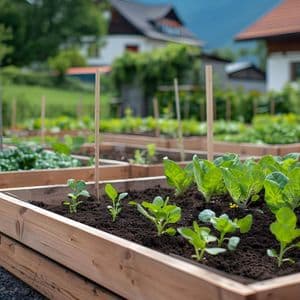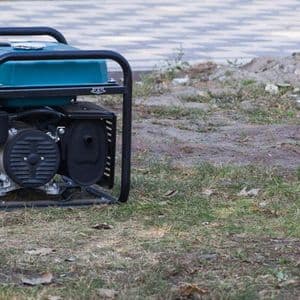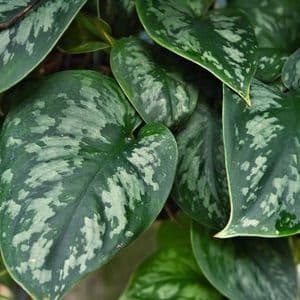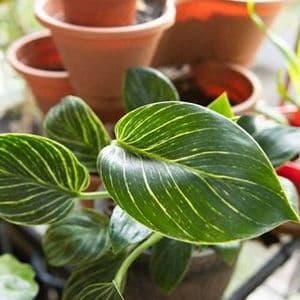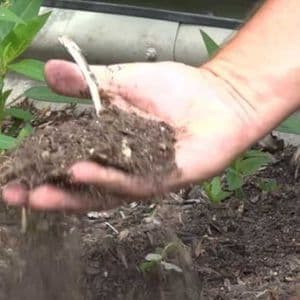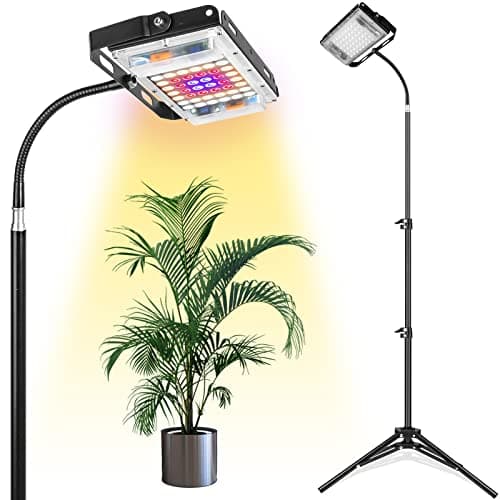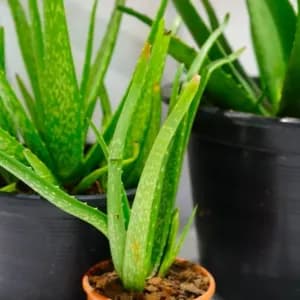African violets are one of the most popular houseplants, and for good reason. They are easy to grow, produce beautiful flowers, and come in a variety of colors and shapes. But how do you care for them properly? In this article, we will show you how to grow and care for African violets, with tips from the experts at New York Garden. Whether you are a beginner or a seasoned gardener, you will find useful information and advice on how to keep your African violets healthy and happy.
Overview
African violets (Streptocarpus ionantha) [1] are one of the most popular houseplants in the world. They are native to East Africa, where they grow in the tropical rainforests of Tanzania and Kenya. They have a rosette of thick, fuzzy leaves and produce clusters of violet-like flowers in various colors, such as white, pink, red, blue, or purple. African violets are perennial plants that can bloom several times a year if given proper care.
|
Common Name |
African violet |
|
Botanical Name |
Streptocarpus ionantha |
|
Plant Type |
Perennial houseplant |
|
Sun Exposure |
Bright indirect light |
|
Mature Size |
6-9 inches tall and wide |
|
Soil pH |
Slightly acidic to neutral (6.0-7.0) |
|
Soil Type |
Well-drained but moist potting mix |
|
Flower Color |
White, pink, red, blue, purple |
|
Toxicity |
Non-toxic to humans and pets |
Types of African Violets
- Standard African Violets: This is the most common type, with single or double flowers that come in a range of colors.
-
Miniature African Violets: These are smaller than standard African violets, with leaves and flowers that are less than 2 inches in size.
-
Semi-miniature African Violets: These are slightly larger than miniature African violets, with leaves and flowers that range from 2 to 4 inches in size.
-
Trailer African Violets: These have long, trailing stems that can grow up to 3 feet long. They are great for hanging baskets.
-
Variegated African Violets: These have foliage with different shades of green, white, and pink. Some also have variegated flowers.
-
Ruffled African Violets: These have frilly, ruffled petals that give them a unique appearance.
-
Double African Violets: These have extra layers of petals, giving them a fuller, more dramatic appearance.
-
Miniature trailing African Violets: These are small plants with trailing stems and tiny leaves, perfect for terrariums and small spaces.
There are many other types and varieties of African violets available, each with their own unique characteristics and beauty.
How to Care for African Violets
It truly comes down to striking a balance when it comes to cultivating these indoor plants; you have to make sure that all of the various aspects are balanced against one another. They should be maintained in wet enough circumstances to prevent drying out and remain open to a cool breeze to prevent them from becoming overly stuffy and protected from direct sunshine without injuring their leaf tips. If your African violets sustain any damage, don't get disheartened; it's all a part of the growing process.
Temperature and Humidity
African violets thrive well in warm, humid environments that are around 70 degrees Fahrenheit. Keep the temperature above 60 degrees Fahrenheit at all times. Keep the plants as far away from any drafts as you can in the house.
Soil
African violets require a potting mix that drains properly. Make sure the plant is never exposed to standing water for a lengthy amount of time since poor drainage can lead to root rot, which causes the plant to get soggy and lose its leaves.
Water
Aim for high humidity and keep the soil wet with warm water. To avoid harm, just a small sprinkling of water should be allowed to come into touch with the plant's leaves. While watering, water from below or force the water spout into the ground. Keep the plant out of water at all times.
Fertilizer
During the spring and summer, fertilize your African violets every other week. Follow the directions on the product packaging for how much to use.
Light
Bright but not direct sunlight is ideal for African violet growth. Fluorescent lamps typically positioned 12 to 15 inches above the leaves are used to cultivate them. Your plant is receiving too much light if the leaves begin to turn light green, but thin, dark-green leaves or a leggy plant suggest insufficient lighting.
How to Grow African Violets
African violets are beautiful flowering plants that can bloom all year round if they get proper care. They are native to East Africa and prefer warm, humid and bright conditions. Here are some detailed steps on how to grow them successfully.
-
Choose a healthy leaf from an existing African violet plant. Cut it with a sterilized tool at a 45-degree angle, leaving about 2 inches of stem attached to the leaf.
-
Fill a small pot with a well-drained potting mix that contains organic matter, such as peat moss, leaf mold, sand and loamy top soil. Make a hole in the center of the soil and insert the stem of the leaf about half an inch deep. Firm the soil around the stem and water lightly.
-
Cover the pot with a clear plastic bag or wrap to create a humid environment for the leaf. Place the pot in a warm place that gets filtered sunlight, but avoid direct sun exposure. Keep the soil moist but not soggy, and add water as needed to prevent drying out.
-
After a few weeks, you should see small plantlets emerging from the base of the leaf. When they have several leaves of their own, you can carefully separate them from the mother leaf and transplant them into individual pots with fresh potting mix.
-
Water the young plants regularly and fertilize them with a balanced liquid fertilizer every two weeks during their active growth period. Provide them with bright but indirect light and moderate humidity. Avoid getting water on their leaves, as this can cause brown spots or rot.
-
Enjoy your African violets and their colorful flowers. To encourage continuous blooming, remove any faded or dead flowers and leaves promptly. Repot your plants every year or when they outgrow their pots.
Potting and Repotting African Violets
Falling leaves, crowding, roots poking through soil, and overcrowding are all indications that a plant is stressed and needs to be repotted. If you believe it will help, keep an eye out and repot the plant.
Common Pests and Diseases
FAQs
What type of soil do African Violets need?
African Violets require well-draining soil that is rich in organic matter. You can use a specialized African Violet potting mix or make your own by mixing equal parts peat moss, vermiculite, and perlite.How often should I water my African Violet?
African Violets prefer to be kept consistently moist, but not waterlogged. Water them when the top inch of soil feels dry to the touch, and be sure to use room-temperature water to avoid shocking the roots.How much light do African Violets need?
African Violets prefer bright, indirect light, so it's best to place them near a north or east-facing window. Avoid direct sunlight, as this can scorch the leaves.How often should I fertilize my African Violet?
African Violets benefit from regular fertilization during the growing season, typically from spring through fall. Use a specialized African Violet fertilizer, and follow the instructions on the package for best results.Can I propagate African Violets?
Yes, African Violets are relatively easy to propagate through leaf or stem cuttings. Simply take a healthy leaf or stem cutting, dip it in rooting hormone, and plant it in moist soil or water until roots develop.What should I do if my African Violet stops blooming?
If your African Violet stops blooming, it may be due to a lack of light, over-fertilization, or improper watering. Try adjusting these factors and giving your plant some time to adjust before expecting blooms again.Can African Violets be grown outdoors?
African Violets are typically grown as indoor plants, as they prefer warm, humid environments. However, they can be grown outdoors in warmer climates with filtered shade and consistent moisture.SOURCES
The New York Garden works under restricted procurement guidelines and relies on peer-reviewed studies and studies conducted by academic organizations. Tertiary references should be avoided. For more information on how we ensure our material is correct and up to date, please visit our editorial policy.
1. African violets - University of Minnesota Extension
2. Leaf Spots Not Always From Pests - Perdue University Extension Home Gardeners.
3. The lower leaves on my African violet have turned yellow and become droopy. What could be wrong? - Iowa State University Horticulture and Home Pest News.
4. Growing African Violets - University of Georgia Extension.

